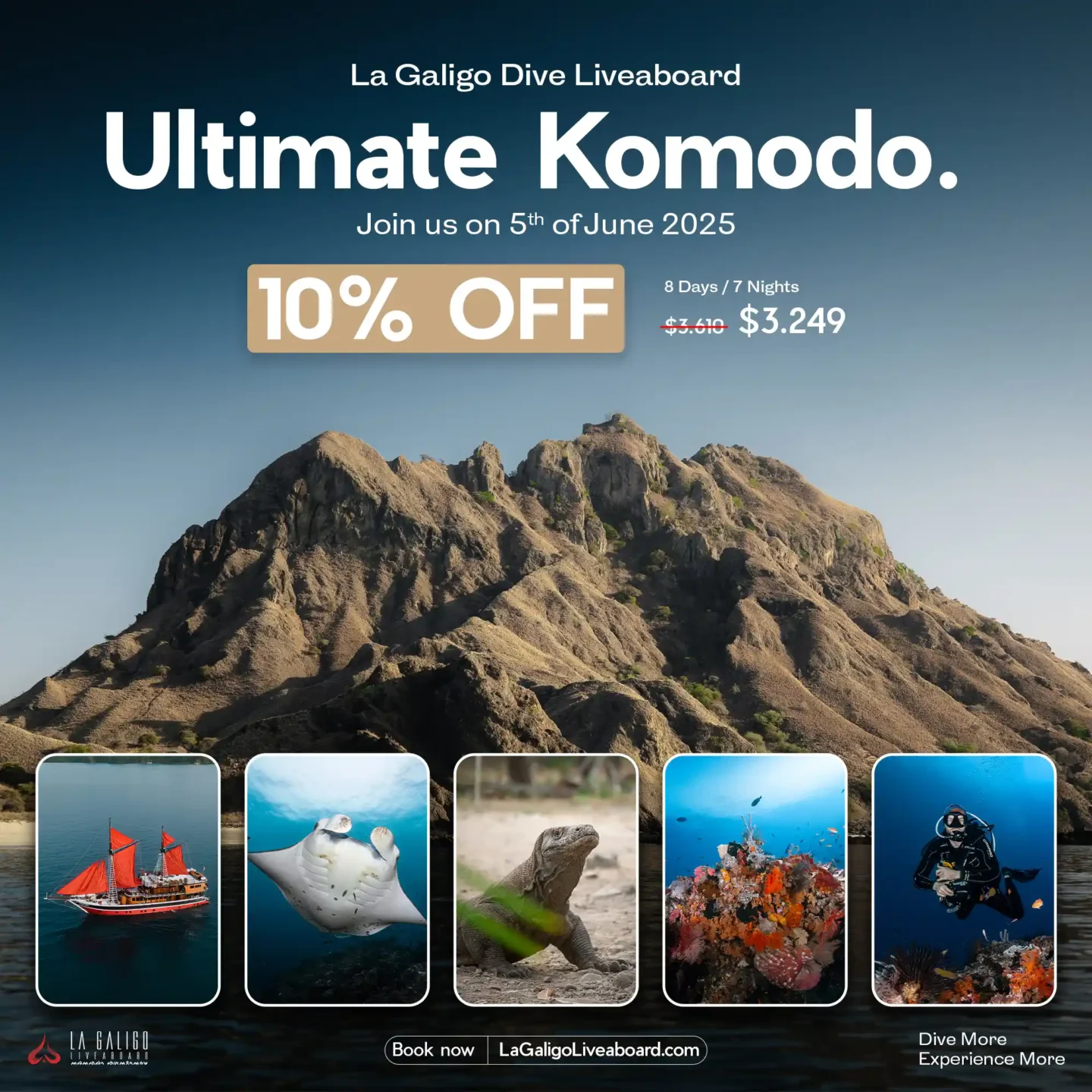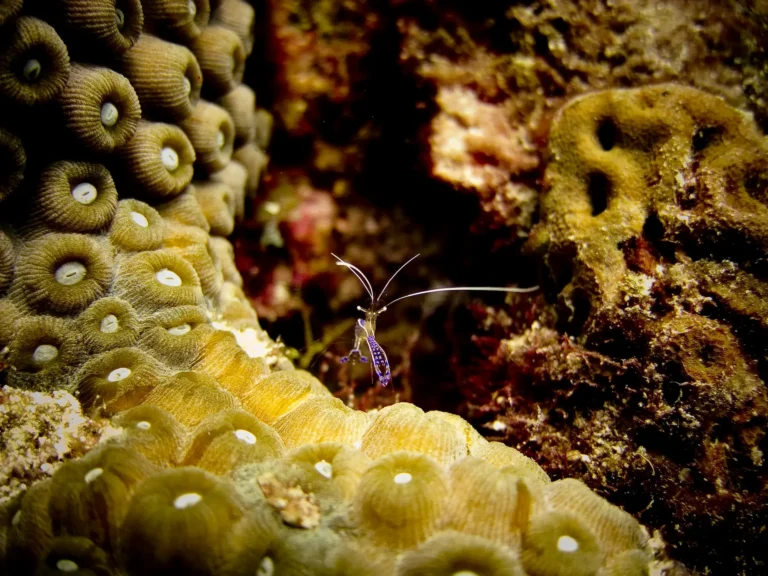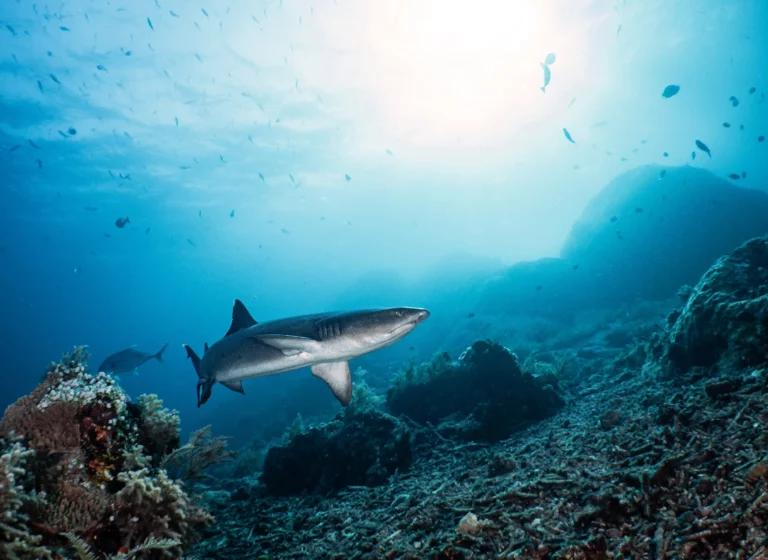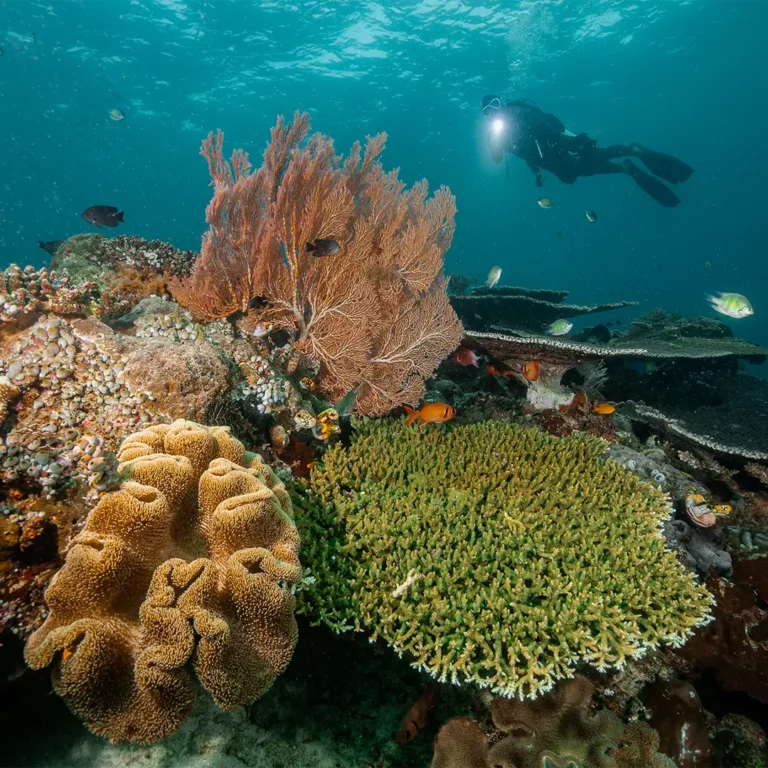There’s a moment underwater, somewhere between the silence and the sway of current, when you lock eyes with a cuttlefish doing its color-shifting magic trick, or a manta ray the size of a minivan cruises overhead like an alien spacecraft.
And all you can think is: “I hope my camera’s rolling”.
In Raja Ampat, where reefs explode with life and visibility can make you weep, your camera is more than gear: it’s your storyteller. Whether you’re a seasoned shooter with a rig that looks like a submarine or a newbie looking for something pocket-sized and idiot-proof, 2025 has a lineup of underwater cameras that deliver sharp, saturated, and soul-stirring images of the big blue.
Here’s your no-nonsense, field-tested list of the best underwater cameras for 2025—from compact warriors to full-frame beasts. No fluff, just the real-deal tools for capturing magic beneath the surface.
Table of Content
Best Underwater Camera in 2025
Sony A7R V + Nauticam Housing
Best for: Professional underwater photographers who want it all.

The Sony A7R V is a monster—and we mean that in the best way possible. With a 61-megapixel full-frame sensor, unmatched autofocus tracking (even underwater), and ridiculous dynamic range, this thing sees better than most humans after a strong coffee.
Paired with a Nauticam housing, it’s a dream rig for serious underwater photographers chasing that NatGeo-level shot of a pygmy seahorse riding a whip coral or a school of mobulas in a sunbeam.
- Pros: Unbeatable image quality, customizable controls, fast AF tracking.
- Cons: Price tag that’ll make your credit card sweat.
- Damage: ~$3,900 for the body, ~$4,500 for the housing.
Canon EOS R6 Mark II + Ikelite Housing
Best for: Versatile shooters who want pro results without the bulk.

This one’s a workhorse. The R6 Mark II isn’t just for stills—it’s a beast for video too, pumping out crisp 4K 60p footage with beautiful color science that Canon lovers swear by. Add Ikelite’s rock-solid housing, and you’ve got a setup that can handle strong current and long dives with ease.
Whether you’re photographing wobbegongs under overhangs or capturing reef sharks slicing through the blue, this rig does it all with style.
- Pros: Great low-light performance, dual card slots, strong video capabilities.
- Cons: Still full-frame heavy, not as many lens options as Sony.
- Damage: ~$2,500 for the body, ~$2,000 for the housing.
Olympus Tough TG-7
Best for: New divers, travelers, and people who just want great shots without fuss.

The name says it all—this camera is tough. The TG-7 is practically indestructible, and it’s the go-to compact for dive guides, backpackers, and anyone who wants to toss their camera in a day bag without thinking twice.
With RAW shooting, microscope mode (perfect for macro lovers), and 4K video, this little guy punches way above its weight. Pair it with the Olympus PT-059 housing and you’ve got a bombproof combo that fits in your BCD pocket.
- Pros: Affordable, compact, shockproof, macro-friendly.
- Cons: Smaller sensor means less detail in low light.
- Damage: ~$500 for the camera, ~$300 for the housing.
GoPro HERO12 Black + GoPro Dive Housing
Best for: Action junkies and minimalist vloggers.

Let’s not pretend the GoPro isn’t still the king of action cams. The HERO12 Black takes what worked in previous models—hyper-smooth stabilization, 5.3K video, and that fish-eye cinematic vibe—and turns it up a notch.
Stick it on a tray, mount it to your mask, or hold it steady for dramatic reef fly-bys. This is for divers who care more about storytelling than sensor specs. And with the official Dive Housing, it’ll go down to 60 meters no problem.
- Pros: Super portable, great for video, idiot-proof.
- Cons: Mediocre stills, struggles in low light.
- Damage: ~$400 for the camera, ~$50–$100 for housing.
SeaLife Micro 3.0
Best for: Divers who don’t want to deal with housings or fuss.

SeaLife’s Micro 3.0 is the underwater camera that just works. It’s permanently sealed (yep, no opening = no floods), and built with divers in mind—big buttons, easy menus, and bright colors that pop straight out of the camera.
It shoots 4K video, handles low light surprisingly well, and has a wide-angle lens that’s perfect for reefscapes and fish portraits. This one’s especially great for dive instructors, rental fleets, or anyone who just wants a “grab-and-go” camera that won’t fail mid-dive.
- Pros: Fully sealed, dead simple to use, surprisingly capable.
- Cons: No interchangeable lenses, limited manual controls.
- Damage: ~$600 all-in.
Fujifilm X-H2S + Nauticam Housing
Best for: Video-focused shooters and hybrid creators.

This is the dark horse. The X-H2S might not be as mainstream underwater as Canon or Sony, but it’s gaining traction—fast. It shoots 6.2K video, has pro-grade autofocus, and brings Fuji’s classic color science underwater in all its cinematic glory.
With Nauticam’s housing, it becomes a serious tool for hybrid shooters who want cinema-quality video and killer stills in one compact mirrorless setup.
- Pros: Stunning video, fast performance, Fuji’s colors.
- Cons: Lens ecosystem still growing for underwater use.
- Damage: ~$2,500 for the body, ~$3,800 for the housing.
Final Thoughts: What Should You Actually Get?
Look, gear matters, but not as much as the person behind it. The best underwater camera for you depends on how you dive, what you shoot, and how much you’re willing to carry (and spend).
- Want a pocket rocket that’ll survive anything? Go with the TG-7 or SeaLife Micro 3.0.
- Vlogging your dive trip in Raja Ampat? A GoPro HERO12 is your lightweight ride-or-die.
- Chasing sharks at Blue Magic with pro-level stills in mind? Sony A7R V or Canon R6 II is the way.
- Need a hybrid video/photo rig with soul? Try the Fujifilm X-H2S.
Whatever you choose, remember this: the ocean doesn’t care how fancy your gear is. It rewards patience, curiosity, and a willingness to float still long enough for magic to happen.
Planning a dive trip to Raja Ampat and want the ultimate underwater photography playground?
Come aboard La Galigo Liveaboard, where every dive site is a film set, and every surface interval comes with coffee, sunsets, and the hum of a happy boat.
Because the only thing better than diving paradise is capturing it forever.








